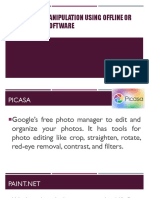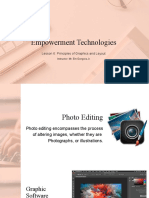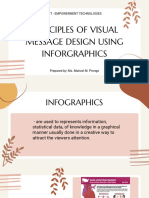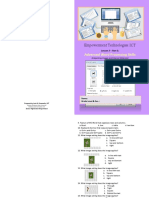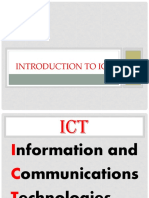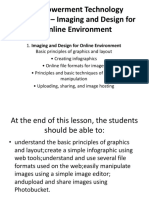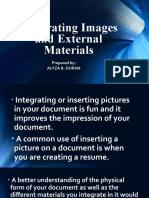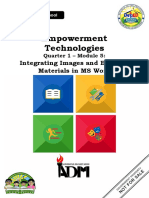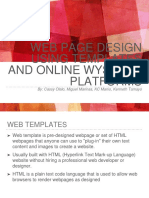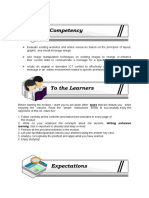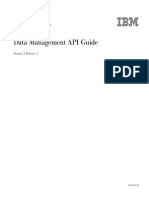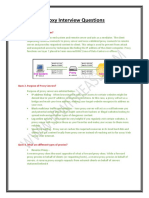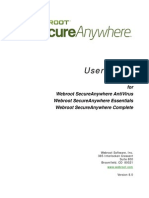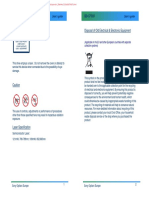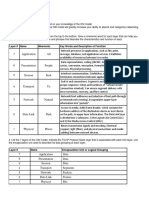83% found this document useful (6 votes)
11K views46 pagesOnline File Formats For Images and Text
Online File Formats for Images and Text discusses various file formats for images and text. It describes raster and vector image formats such as JPEG, GIF, PNG, TIFF, RAW, PSD, PDF, EPS, and AI. It explains the differences between lossless and lossy formats and provides guidelines for when to use each format. Text file formats represent text characters as binary numbers in a file using a character encoding standard.
Uploaded by
Catherine BustamanteCopyright
© © All Rights Reserved
We take content rights seriously. If you suspect this is your content, claim it here.
Available Formats
Download as PPT, PDF, TXT or read online on Scribd
83% found this document useful (6 votes)
11K views46 pagesOnline File Formats For Images and Text
Online File Formats for Images and Text discusses various file formats for images and text. It describes raster and vector image formats such as JPEG, GIF, PNG, TIFF, RAW, PSD, PDF, EPS, and AI. It explains the differences between lossless and lossy formats and provides guidelines for when to use each format. Text file formats represent text characters as binary numbers in a file using a character encoding standard.
Uploaded by
Catherine BustamanteCopyright
© © All Rights Reserved
We take content rights seriously. If you suspect this is your content, claim it here.
Available Formats
Download as PPT, PDF, TXT or read online on Scribd
/ 46
